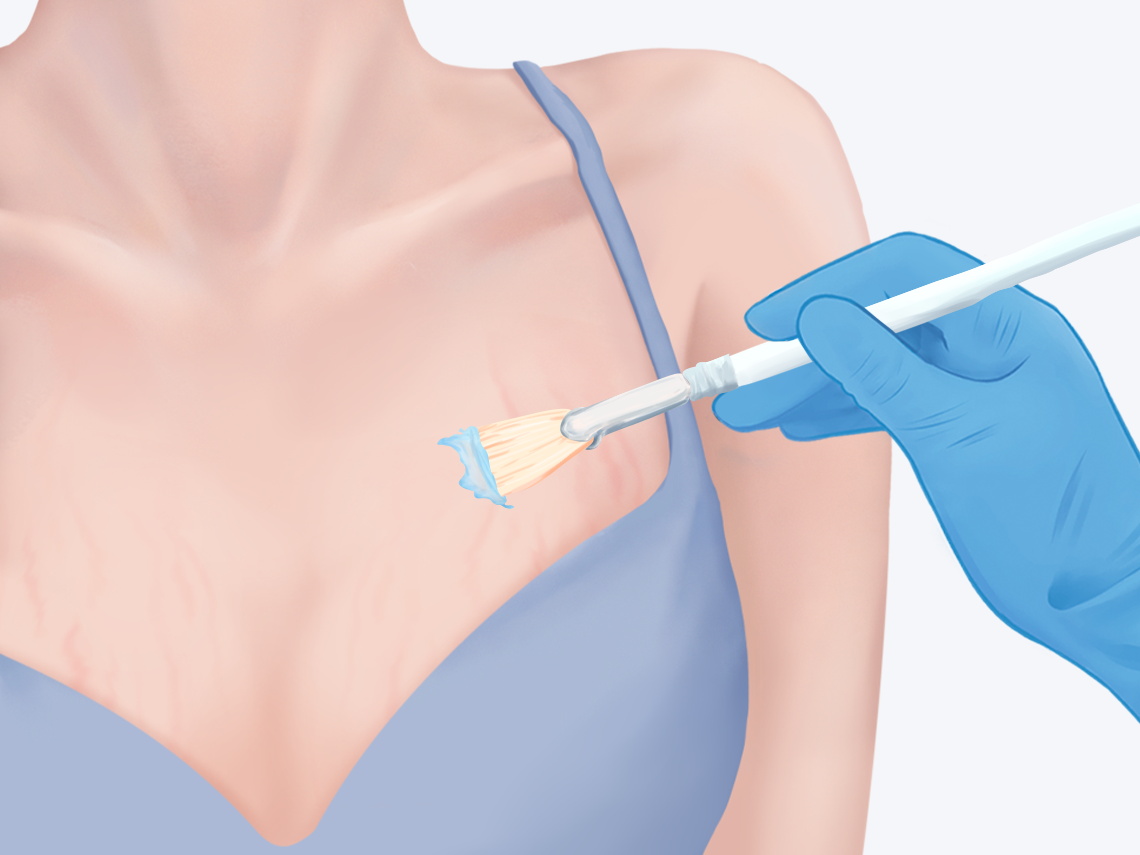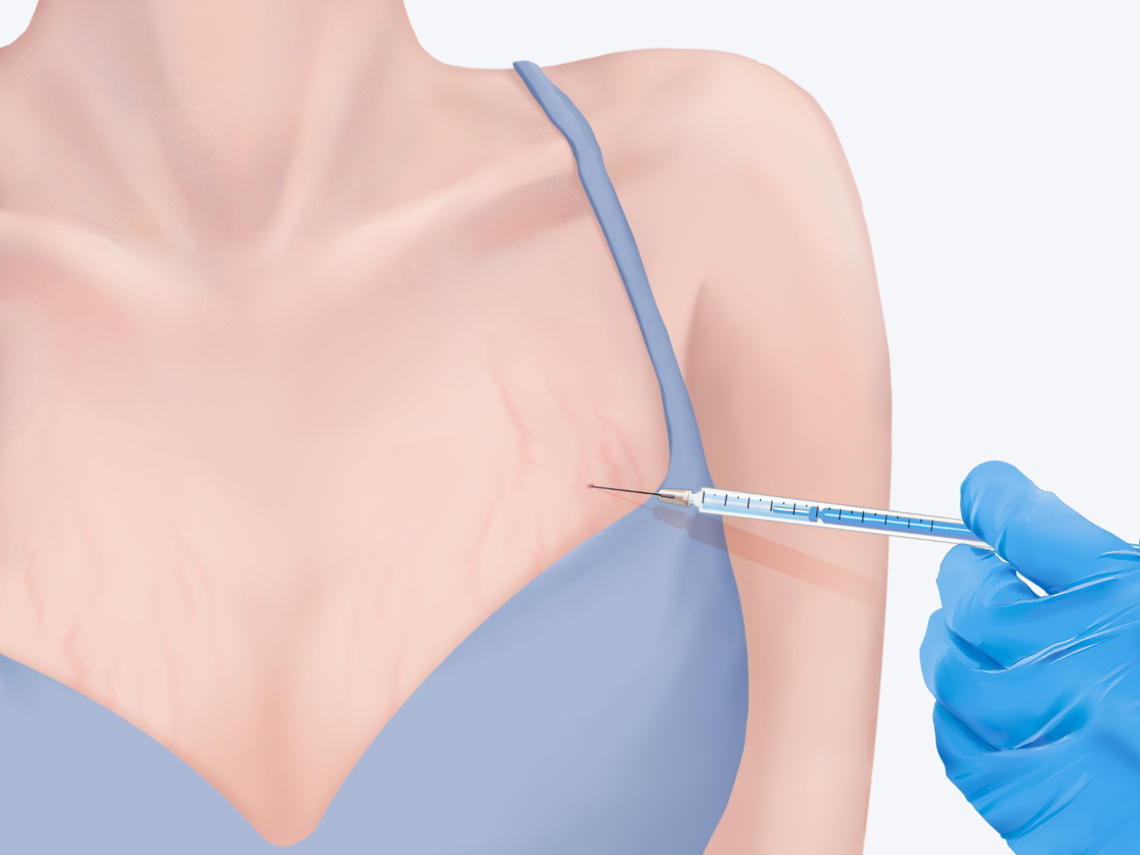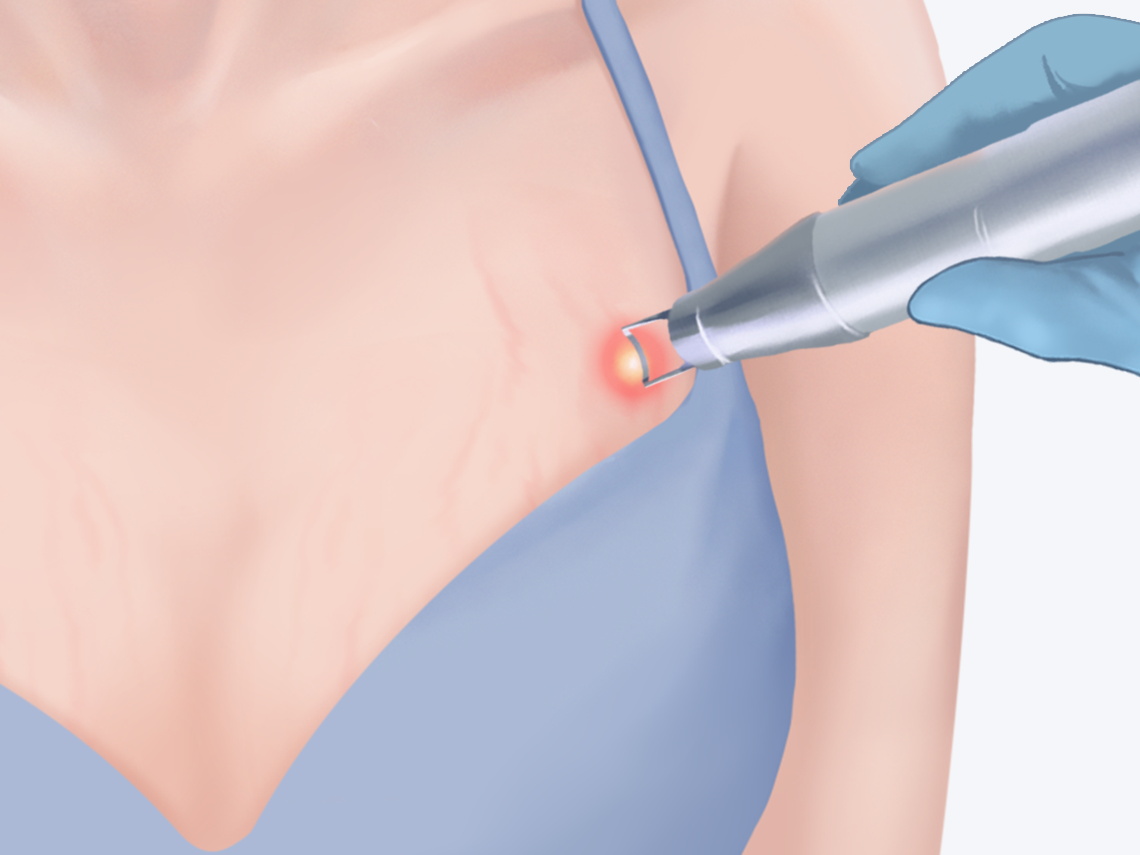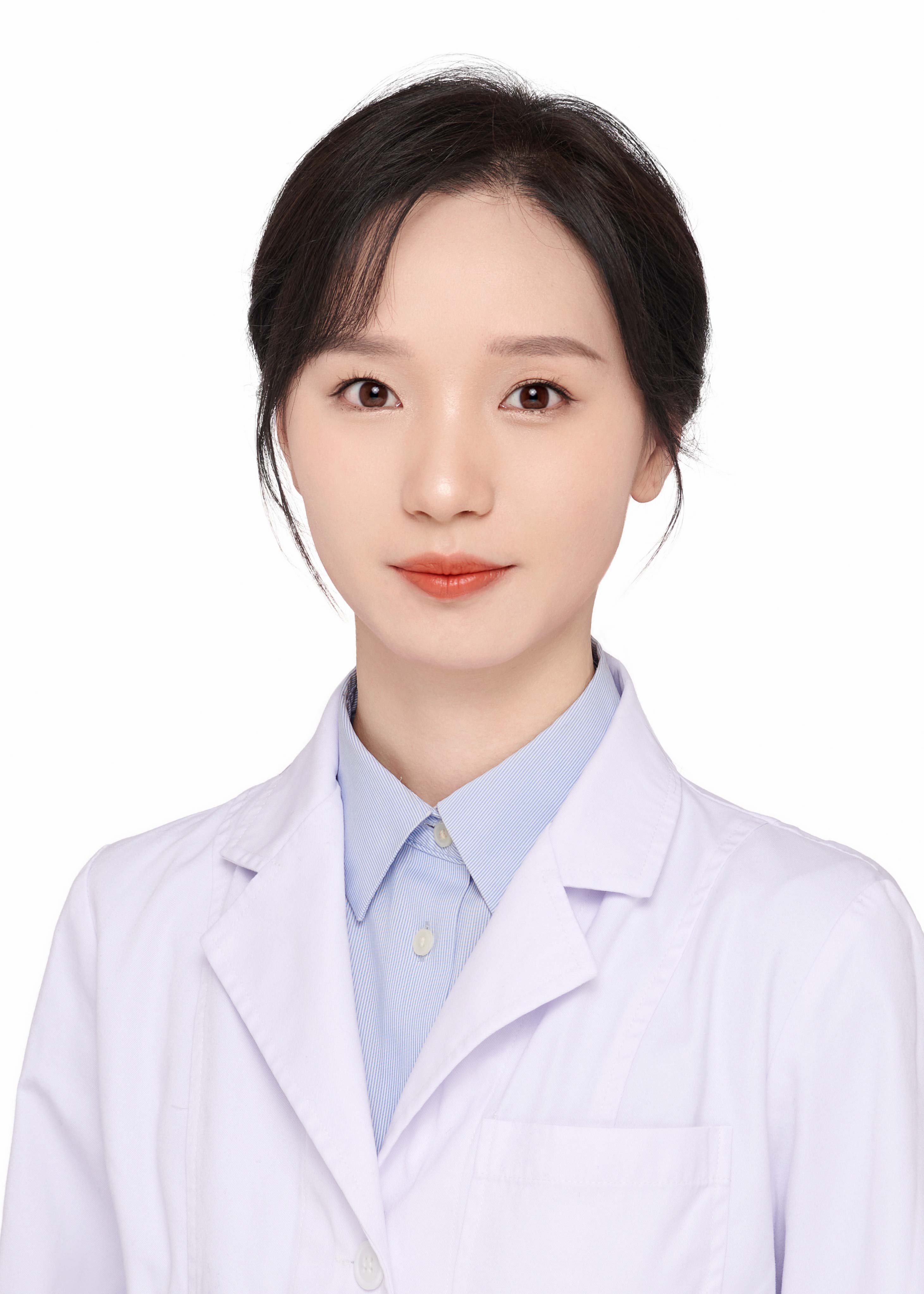What causes stretch mark-like lines on the chest, and how should they be managed?
In general, stretch marks on the chest may be caused by excessive obesity, bra compression, hormonal imbalances, rapid growth of breast tissue, microbial infections, and other factors. These can be improved through treatments such as glycolic acid peels, hyaluronic acid injections, photorejuvenation, microneedling therapy, and fractional laser therapy.
Stretch-like marks on the chest due to excessive obesity occur when subcutaneous fat in the breasts becomes too thick and grows rapidly, while the surrounding skin grows more slowly, resulting in stretch mark-like patterns. This can be improved by controlling food intake and burning fat through exercise. When caused by bra compression—tight bras causing prolonged pressure on the skin, leading to purple streaks—symptoms can be alleviated by choosing properly fitting bras and performing localized massage. Rapid growth of breast tissue can stretch the skin, causing elastic fiber rupture and forming stretch-like marks; these can be improved with daily application of essential oils combined with local massage. Microbial infections may damage the skin, causing fissures or changes resembling stretch marks; these can be treated under medical guidance using topical applications such as triamcinolone acetonide/econazole cream or tretinoin cream.
Analysis of treatment options for improving chest stretch marks:
Item Name |
Glycolic Acid Peel |
Hyaluronic Acid Injection |
Photorejuvenation |
Microneedling Therapy |
Fractional Laser Therapy |
Image Example |
|
|
|
|
|
Overview |
Apply glycolic acid to the affected area to gradually exfoliate the skin |
Inject hyaluronic acid into the marked areas to fill and improve skin appearance |
Use photothermal effects to stimulate collagen regeneration and improve skin texture |
Create microchannels on the skin surface; deliver energy deep into the skin to stimulate collagen production |
Use high-energy beams to destroy damaged tissue |
Advantages |
1. Simple procedure |
1. Easy to perform |
1. Simple procedure |
1. Minimal trauma |
1. High precision |
Duration of Effect |
1–3 months |
6–12 months |
10–15 years |
2–3 years |
3–5 years |
Potential Risks |
1. Irritation |
1. Redness, swelling, and pain |
1. Skin burns |
1. Bacterial infection |
1. Skin burns |
Reference Price |
1,000–3,000 RMB per session |
1,000–5,000 RMB per session |
500–800 RMB per session |
100–1,000 RMB per session |
500–2,500 RMB per session |
Treatment should be selected based on the individual patient's specific condition. Patients are advised to undergo treatment under the guidance of a physician and pay attention to lifestyle adjustments and prevention of recurrence.












